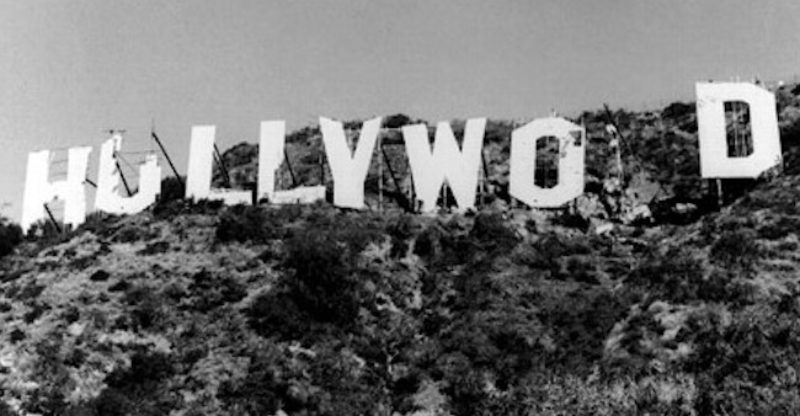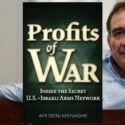Hollywood Plots and Plots in Hollywood
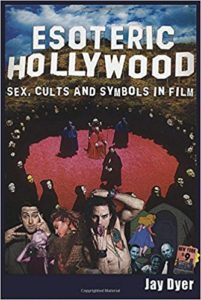
We are all familiar with the notion of Hollywood as a seedy source of sleaze, especially given this week’s headlines. If you’ve read my work, you know movies have been a tool of propaganda for a long time. Propaganda in films includes multiple layers of subtle messages, social engineering agendas, marketing and advertising strategies, as well as “nudges” (to use Cass Sunstein’s phrase).
However, what is less well-known is how film studios are sometimes associated with other forms of nefarious operations not under the direct purview of our “public servants” (or are they?). Indeed, the history of Hollywood’s connections to the mob and organized crime have been known since the era of the famed gangsters, as Denton and Morris note concerning the drama of 1946:
“[FBI Agent] Ragen was said to know about Meyer Lansky’s sexual blackmail of Hoover, as well as the penetration and control by organized crime of major elements of the American economy, including not only Nevada gambling casinos but the liquor and sugar industries, Hollywood studios and unions, etc….”1
Little has changed since those days, aside from a concentration of power by a single ruling oligarchy in the U.S. As for film and production studios’ scandals involving murder, drugs, extortion and the concocting of various shells and fronts for money laundering persist – which sometimes even involves fake film studios (something I noted in my book in regard to the famed instance portrayed in Argo).
The 1990s Heidi Fleiss scandal was nothing new: 1920s and 30s Hollywood had famed brothels like Lee Francis and Mae’s, which serviced the A-Listers of the day like Erroll Flynn, Clark Gable and Spencer Tracy.2 It’s also reported 40% of the outrageous profits went to pay off local cops.3
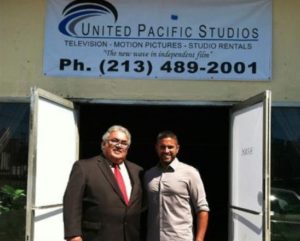
California State Senator Ron Calderon (L) with FBI agent “Rocky Patel” (a pseudonym)
In fact, in 2013, the FBI created a film studio front titled United Pacific Studios busily producing b-grade martial arts flicks and renting space for network shows. It was also being used by the FBI for a sting operation to investigate state Senator Ron Calderone, but had operated for many years producing real indie films and B movies, unlike the faux studio concocted by the CIA in Argo. The scenario involved the FBI posing as studio heads and executives offering Senator Calderone bribes in exchange for new film tax regulations.4
2013 also saw UK film executives charged with 125 million pounds in tax fraud related to filmmakers and directors, under the auspices of a fake film that did include an actual trailer, titled Landscape of Lies. However, there was no intention to actually produce a film. Loose Women presenter Andrea McLean was reportedly tricked into participating in the fake film trailer, and later five individuals were sentenced to prison.5
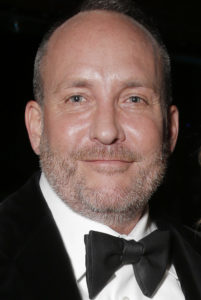
Christopher Eberts
In 2015, filmmaker Christopher Eberts, the name behind films like Lord of War and The Punisher, was sentenced to four years in prison for wire fraud and money laundering in relation to the true story of a heroic firefighter that was never made.6
Similarly, in 2006 there was the case of Limelight Pictures, which ended up exposed as a front company for an international ecstasy smuggling operation. Interestingly, the granddaughter of Charlie Chaplin, Kiera Chaplin, was president of the company. She quickly scrapped her plans to marry the company’s co-owner, Alexandre deBassevile.7
These stories put the recent report of the hit Netflix series Narcos losing one of its scouting crew in Mexico in a new light. The shooting of Carlos Munoz remains unclear as to motive, but the season reportedly would’ve highlighted Mexican cartels:
“Netflix’s season 4 is said to be exploring the origins of Mexico’s infamous Juarez cartel just as season 3 focused on the rise and fall of Colombia’s Cali cartel and heralded the shift of the drug wars to Mexico. Munoz’s murder raises doubts on whether the production will continue in Mexico or move back to Colombia where it began.”8
With all of this in mind, we can even view the recent revelations of the Pentagon’s influence in over 1,800 movies and televisions shows9 in a new light: not only are Hollywood moguls colliding with intelligence agencies, but agents and moguls are still colluding with mobsters – as if the collusion itself were a kind of Hollywood movie. Indeed, last week saw the release of American Made, a film starring Tom Cruise portraying the life of CIA drug-trafficker Barry Seal.
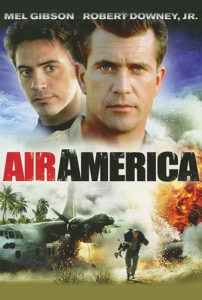
The film brings to mind the 1990 action comedy Air America starring Mel Gibson and Robert Downey, Jr. – also about the CIA’s drug airlines, all painted in nonchalant comedic whitewash. What the film barely hints at, and fails to make clear, is Seal’s longtime work trafficking the arms and drugs for the CIA (not merely arms).
It would seem that thin line between Hollywood plots and plots in Hollywood is disappearing, as movies become a form of surrealist reality TV and reality TV becomes “reality.” CIA operative and Hollywood-connected commentator Robert Baer explained this relationship frankly, which might just as well apply to crime syndicates as government agents:
“All these people that run studios, they go to Washington, they hang around with senators, they hang around with CIA directors, and everybody’s on board.”10
_____________
1 Sally Denton and Roger Morris, The Money and the Power: The Making of Las Vegas, pg. 32.
2 Rasmussen, Celia.”History of Hollywood Madames is Long and Lurid.” LA Times, Nov, 1997.
3 Connolly, Kieron, Dark History of Hollywood, pg. 159.
4 Smith, Dakota, “LA Film Studio Was Cover for FBI Sting,” Huffington Post, Nov, 2013.
5 Child, Ben. “UK Film Executives Charged with Tax Fraud.” Guardian, May, 2013.
6 Killday, Greg. “Producer Christopher Eberts Sentenced to Nearly 4 Years in Prison,” Hollywood Reporter, July 2015.
7 Blankstein & Winton, “Movie Execs Charged in Money-Laundering,” LA Times, July 2006.
8 de La Fuenta, Anna Maria, “Narcos Location Scout Shot and Killed in Mexico,” Variety, Sept, 2017.
9 Alford & Secker, “Documents Expose How Hollywood Promotes War on Behalf of Pentagon, CIA & NSA,” medium.com, July, 2017.
10 Alford, Matthew. “Body of Lies: The CIA’s Involvement with US Filmmaking,” Guardian, Nov, 2008.





